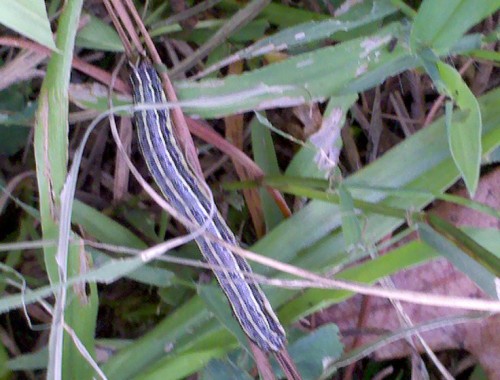


In northeast Oklahoma, Kevin Walker, noticed the small caterpillars inundating his yard last month. "They just lay waste to everything in their path, moving through just like an army on the move." "They can easily munch their way through whatever, whether it's a lawn or a park or a golf course," Rebek said. But this year, he said there's been an "unprecedented" number of armyworms, not just in Oklahoma but also in Maryland, Kentucky, Tennessee and Texas. He said the buggy brigade returns to Oklahoma each year in late summer and early fall, marching in large swaths from one food source to another until the winter frost kills them. "In my 40 years, I have never seen the problem as widespread as it is this year."īrandenburg said armyworms - more specifically fall armyworms - are laying siege to North Carolina but also as far west as Texas and as far north as Michigan and northeastern states, areas that rarely see such significant armyworm populations.Įric Rebek, an Oklahoma State University entomology professor, said his phone has been ringing "off the hook" with requests for information about the infestation of grass pastures, lawns and fields of peanuts, alfalfa, cotton, double cropped soybean and sorghum. "This year is like a perfect storm," said Rick Brandenburg, an entomologist at North Carolina State University.

But when they hatch, the pests can turn a lush green lawn into a brown, barren wasteland seemingly overnight.

Tiny troops are marching - and munching - through lawns across the country, leaving grass and plants dead in their wake.Įxperts say a particularly widespread and intense outbreak of armyworms is overtaking lawns, leaving masses of Styrofoam ball-like eggs stuck to patio furniture and the sides of houses. Watch Video: Armyworms leave lawns brown in 48 hours


 0 kommentar(er)
0 kommentar(er)
